This article is the second in the Lyon Museum Collection.
The main focus here is on painters from the 18th and 19th centuries.
You can find more basic information about the Musée de Lyon here.
For the first edition, the Musée de Lyon collection, see here.
- Jan Frans van Dael (1764-1840)
- Élise Bruyère (1776-1847)
- Fleury François Richard (1777-1852)
- François Joseph Heim (1787-1865)
- Nicolas Toussaint Charlet (1792-1845)
- Victor Orsel (1795-1850)
- Jean-Claude Bonnefond (1796-1860)
- Jean-Baptiste Camille Corot (1796-1875)
- Paul Chenavard (1807-1895)
- Simon Saint-Jean (1808-1860)
- Adolphe Appian (1818-1898)
- Jacques-Joseph Baile (1819-1856)
- Joseph Alfred Bellet du Poisat (1823-1883)
- Pierre Puvis de Chavannes (1824-1898)
- Eugène Boudin (1824-1898)
- Camille Pissarro (1830-1903)
- Édouard Manet (1832-1883)
- Edgar Degas (1834-1917)
- Henri Fantin-Latour (1836-1904)
- Alfred Sisley (1839-1899)
- Paul Cézanne (1839-1906)
- Claude Monet (1840-1926)
- Pierre-Auguste Renoir (1841-1919)
- Berthe Morisot (1841-1895)
- Albert Maignan (1845-1908)
- Paul Gauguin (1848-1903)
- Jean Seignemartin (1848-1875)
- Jean-François Raffaëlli (1850-1924)
- Henri Jean Guillaume Martin (1860-1943)
- Summary
Jan Frans van Dael (1764-1840)
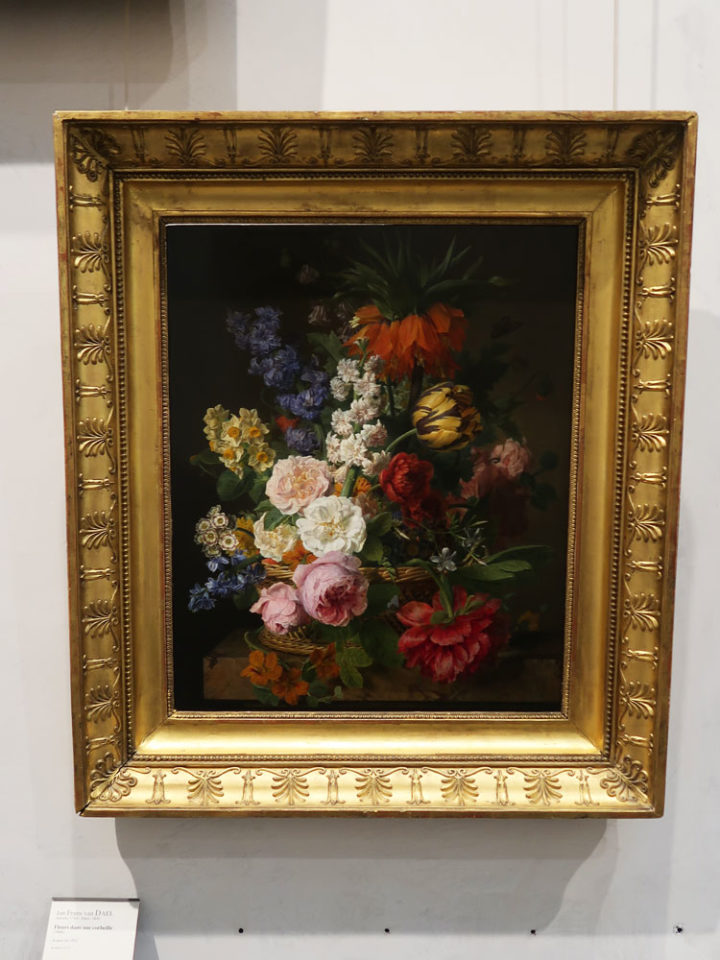
Fleurs dans une corbeille (1806)
The artist mainly painted still-life paintings of fruit and flowers.
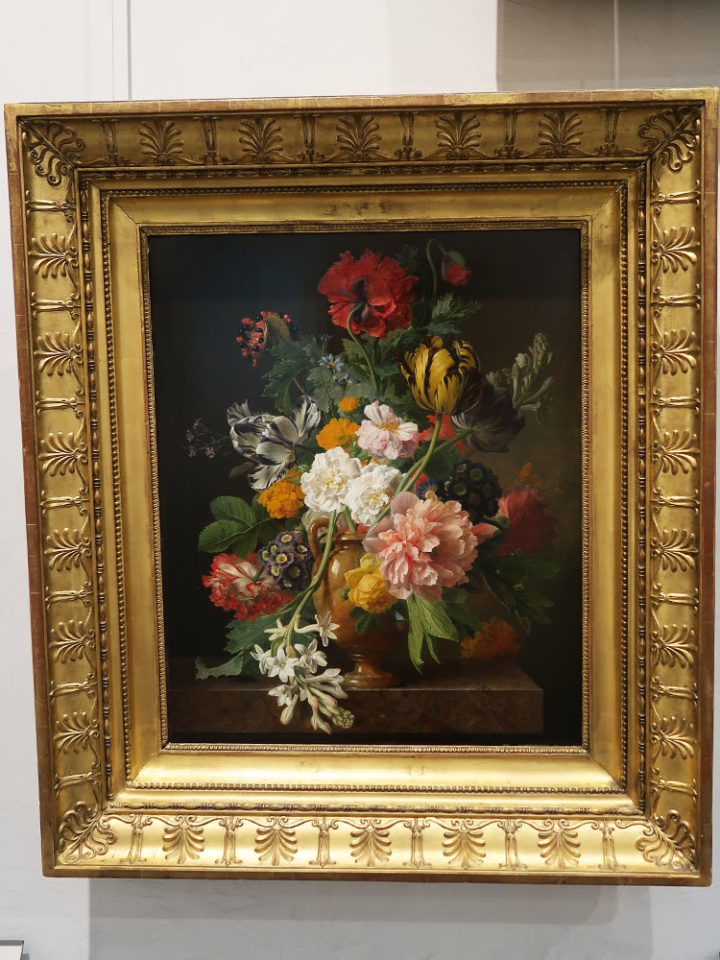
Vase de fleurs avec une tubéreuse cassée (1807)
Élise Bruyère (1776-1847)
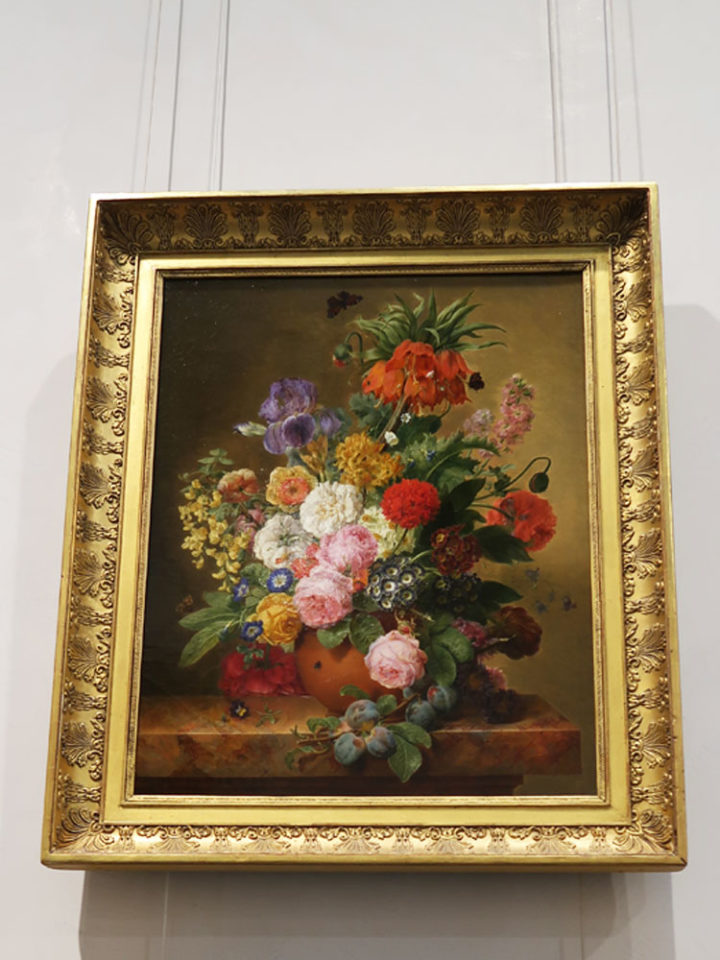
Fleur dans un vase et blanche de prunier sur une table de marbe (1817)
He mainly painted portraits and floral still lifes.
Fleury François Richard (1777-1852)
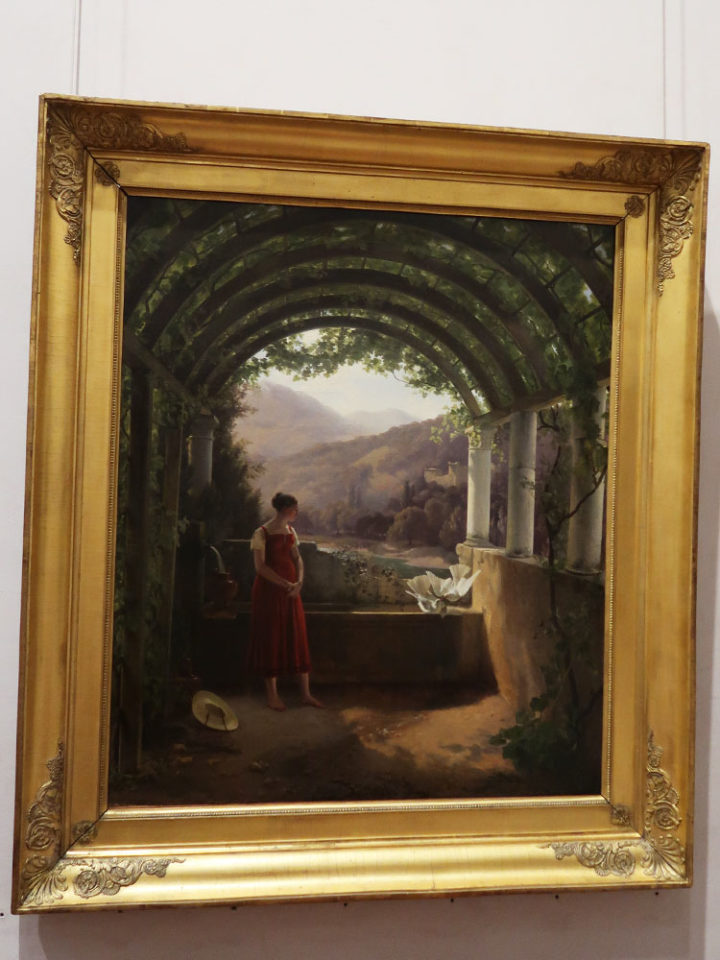
Jeune fille à la fontaine (1825)
It is set on the island of Barbe in Lyon.
François Joseph Heim (1787-1865)
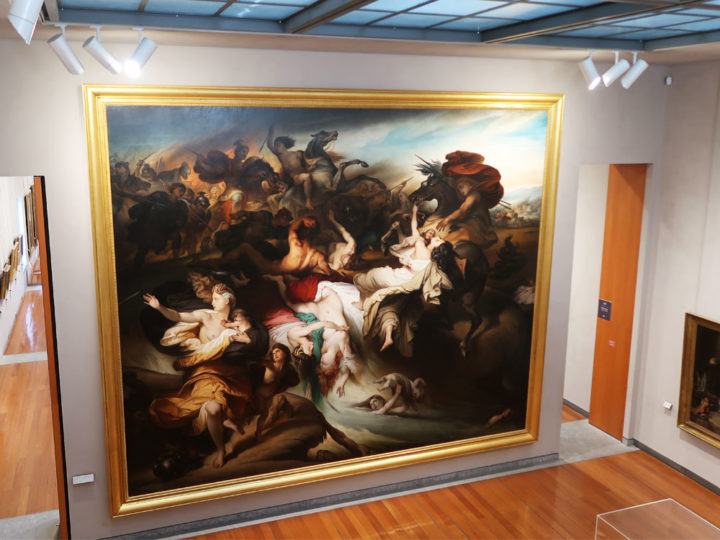
La défaite des Cimbres et des Teutons par Marius (1853)
He was fascinated by Michelangelo when he studied in Rome.
Michelangelo has had a tremendous influence in shaping his work.
Nicolas Toussaint Charlet (1792-1845)
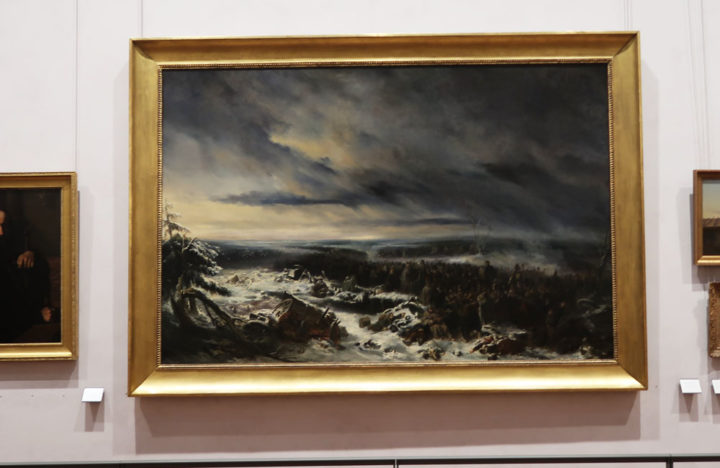
Épisode de la campagne de Russie (1836)
Nicolas is a French painter and printmaker.
This work is a view of Napoleon’s invasion of Russia in 1812.
Lines of soldiers, covered in snow, many gone.
Victor Orsel (1795-1850)
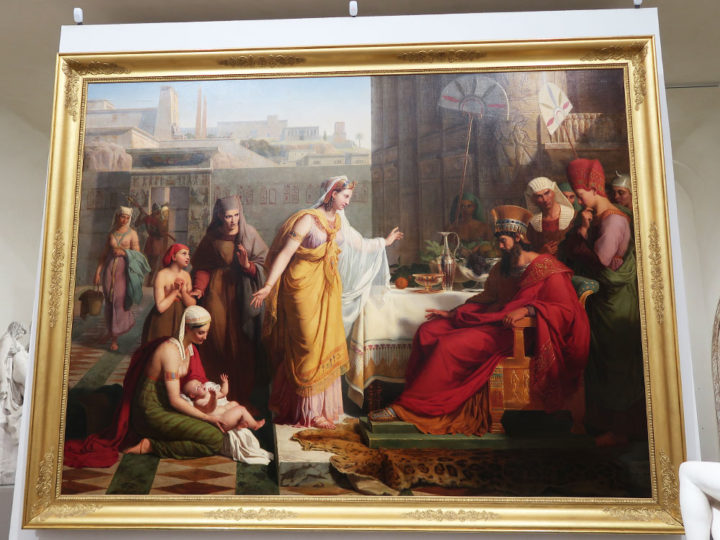
Moïse enfant présenté à Pharaon (1830)
This is the scene of the child of Moses presented to Pharaoh.
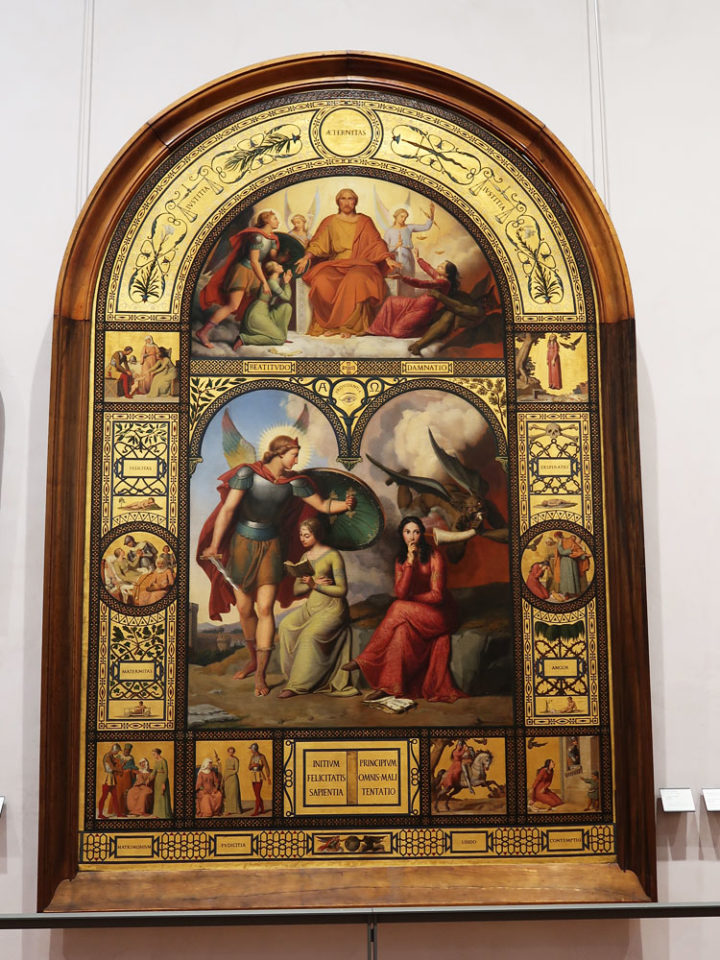
Le Bien et le Mal (1832)
It is about good and evil, but it seems to have a much deeper meaning.
Jean-Claude Bonnefond (1796-1860)
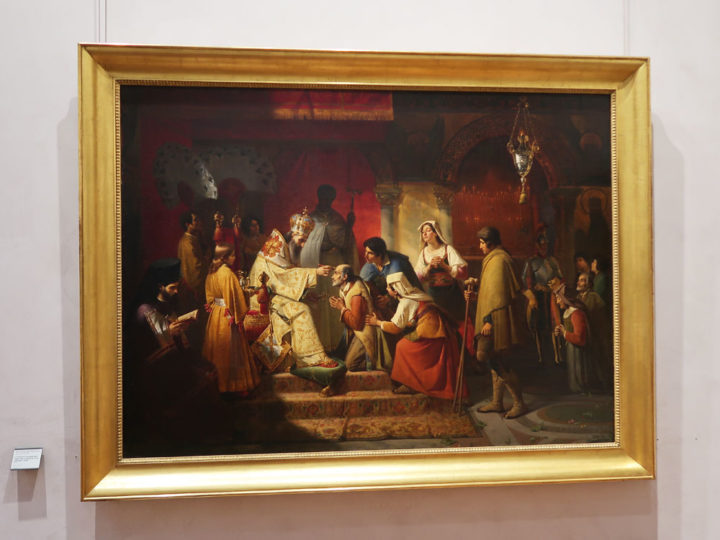
Cérémonie de l’eau sainte dans l’église Saint Athanase des Grecs catholiques à Rome (1830)
A member of the Lyon School, Bonnefont was a painter who was strongly influenced during his stay in Italy.
Jean-Baptiste Camille Corot (1796-1875)
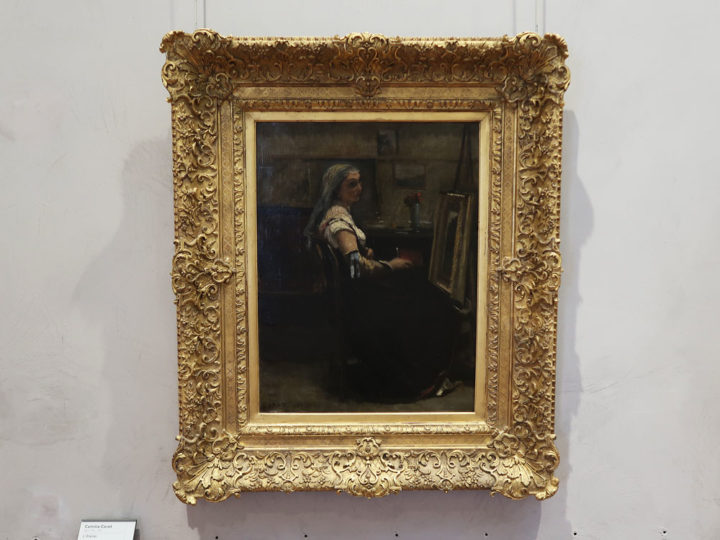
L’Atelier (1870)
Corot draws a lot of influence from Italy.
He was a major influence on later impressionists, particularly in landscape painting.
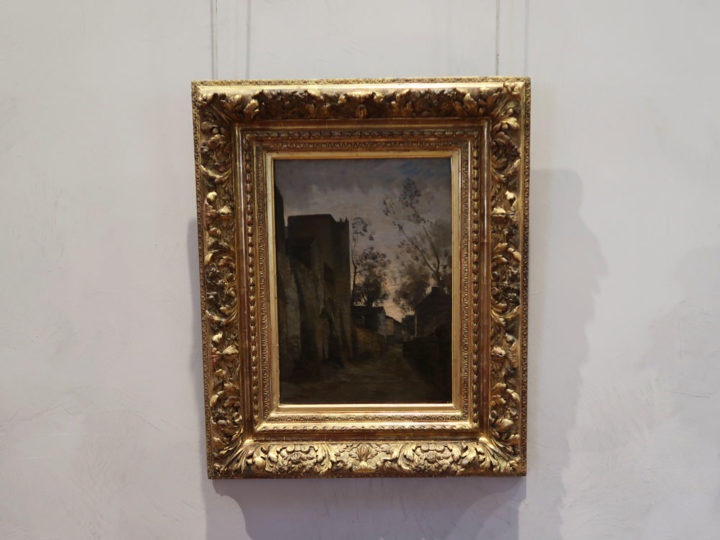
La rue des Saules à Montmartre (1850-60)
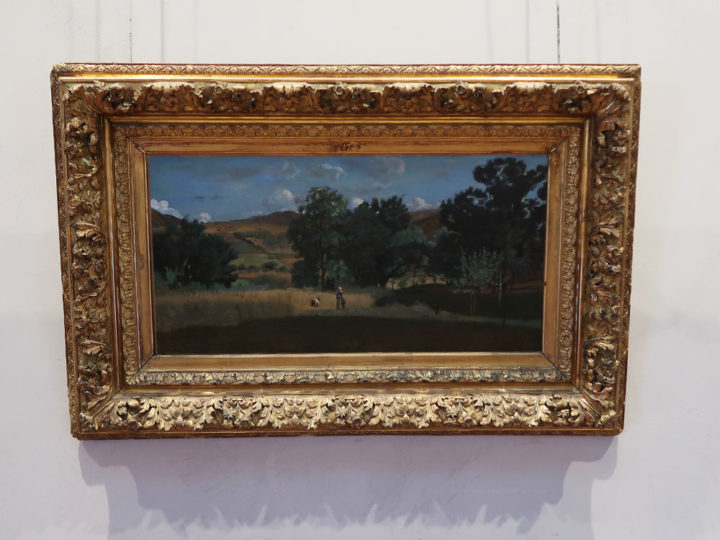
Paul Chenavard (1807-1895)
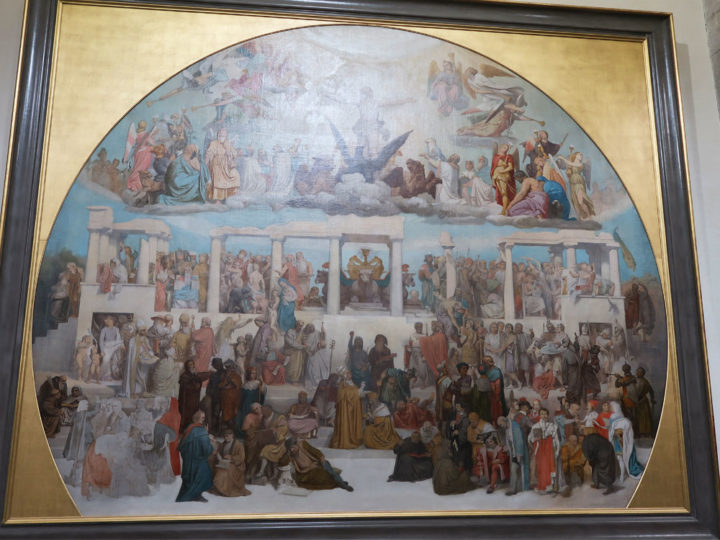
La Palingénésie sociale ou La Philosophie de l’histoire (1850)
Chenavard studied at the National School of Fine Arts with Delacroix and others in 1825.
He decorated the interior of the Paris Pantheon in 1848.
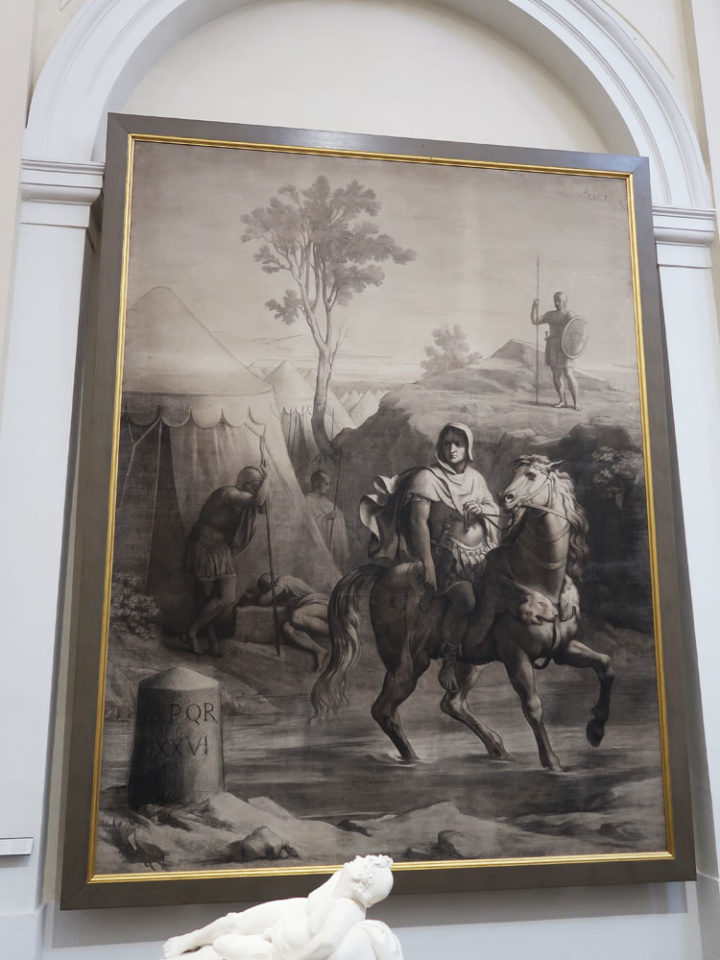
César (1850)
Simon Saint-Jean (1808-1860)
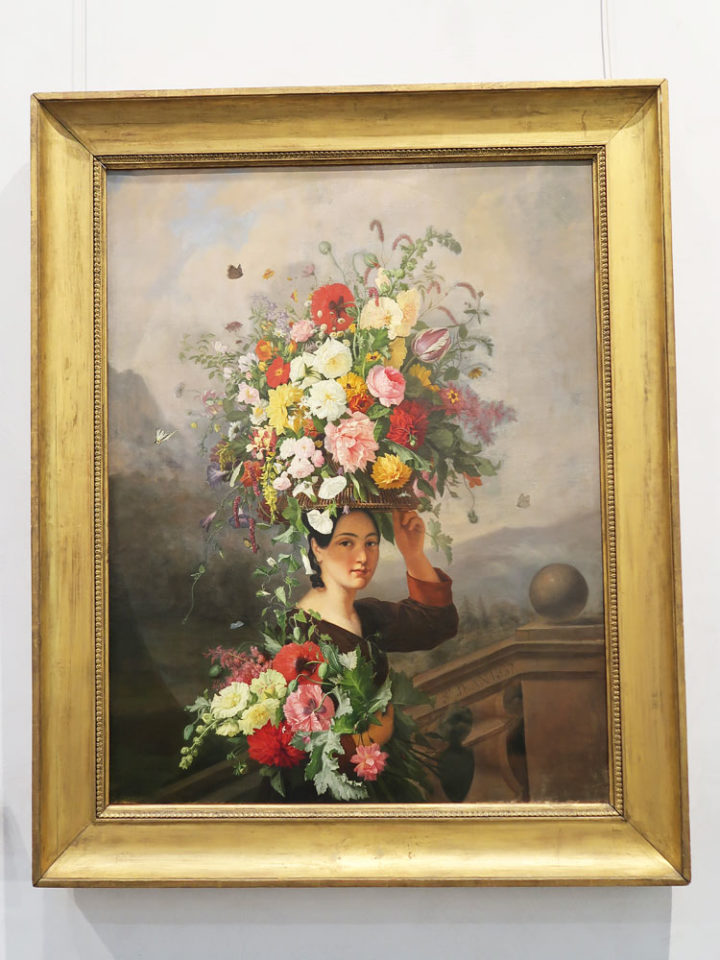
La Jardiniere (1837)
He was a Lyon painter specialising in flowers.
It has won numerous awards, but was criticised by Baudelaire and others.
Adolphe Appian (1818-1898)
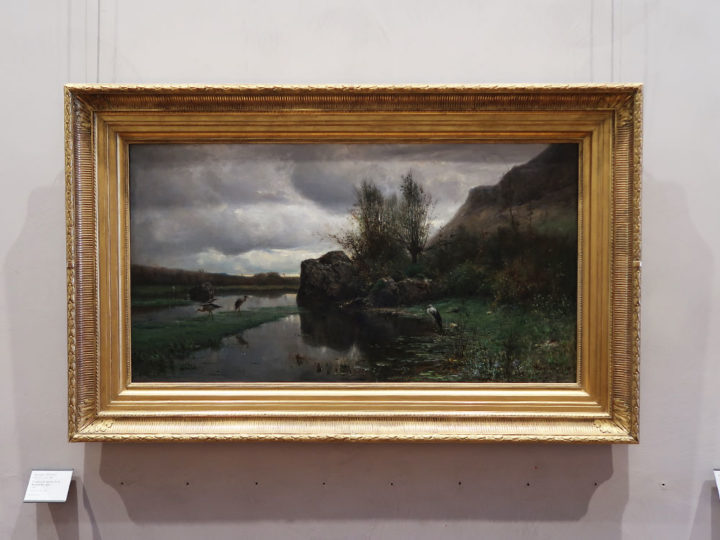
Temps gris, marais de la Burbanche (1868)
He is one of the painters of the Lyon School.
Jacques-Joseph Baile (1819-1856)
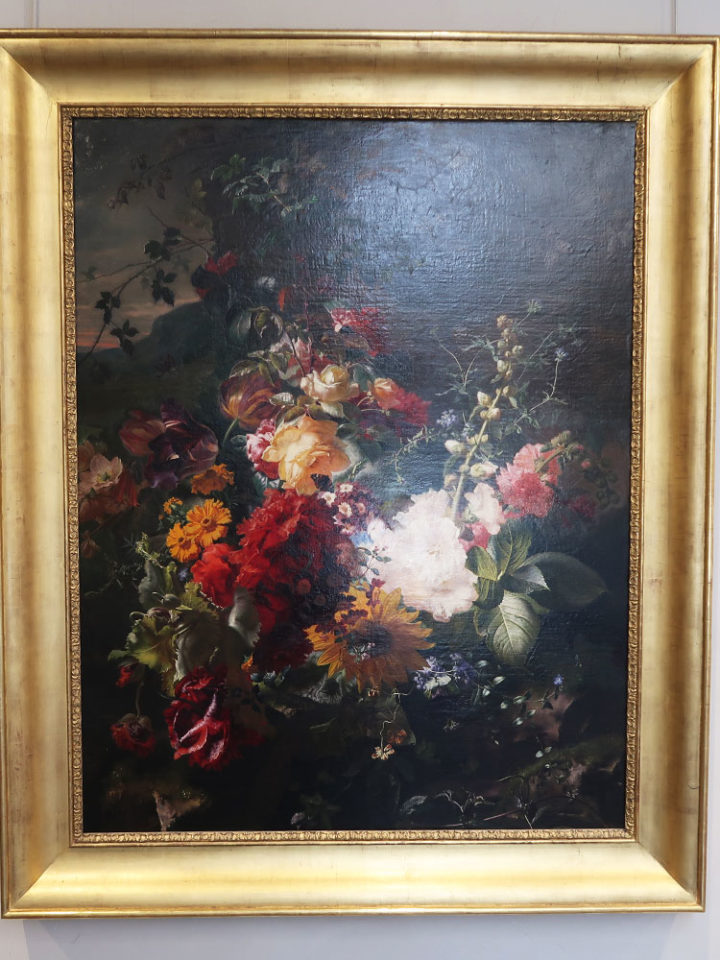
Fleurs au pied d’un rocher (1851)
He was a Lyon painter who mainly painted flowers and fruits.
Joseph Alfred Bellet du Poisat (1823-1883)
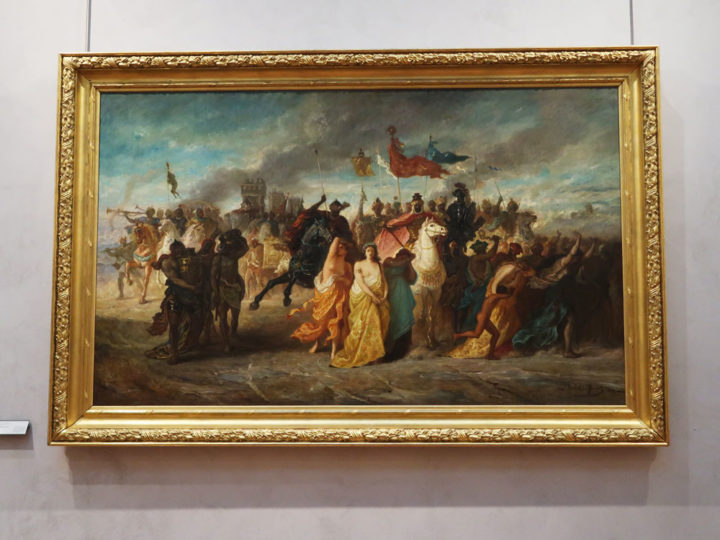
Les Hébreux conduits en captivité (1864)
Pierre Puvis de Chavannes (1824-1898)
This work has not been published as it may be in breach of Google’s policies.
L’Automne (1864)
Chavannes, which has left many murals.
He is also renowned for his influence on various painters.
Picasso is also said to have copied Chavannes.
Eugène Boudin (1824-1898)
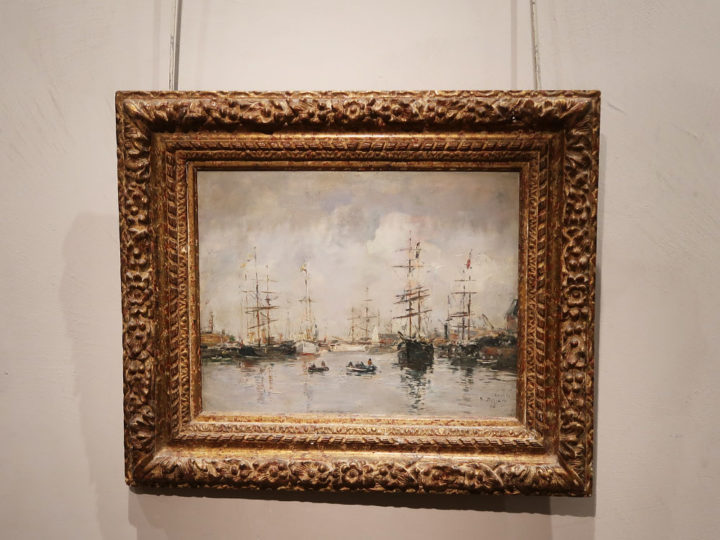
Voiliers au port (Deauville) (1896)
Boudin was a marine painter and pioneer of Impressionism.
The painter was acclaimed by Baudelaire and Corot.

Trouville le port (1864)
Camille Pissarro (1830-1903)
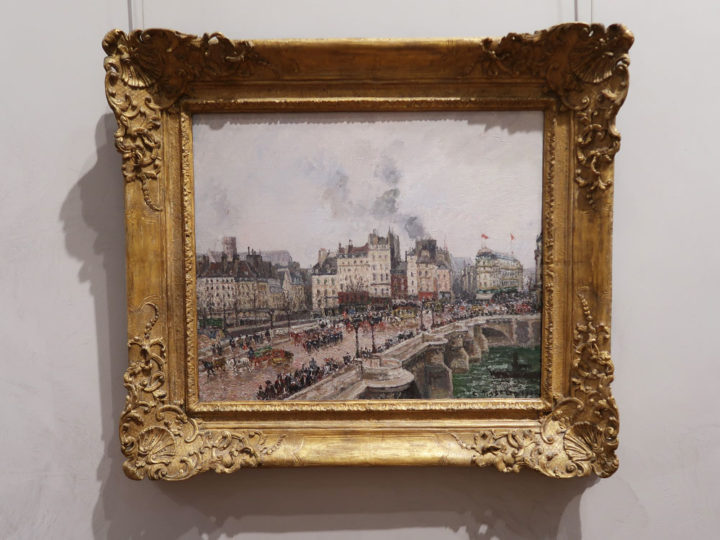
Le Pont-Neuf (1902)
Pissarro, one of the leading Impressionists, was the only painter to participate in all eight Impressionist exhibitions.
The work depicts the Pont Neuf bridge over the River Seine.
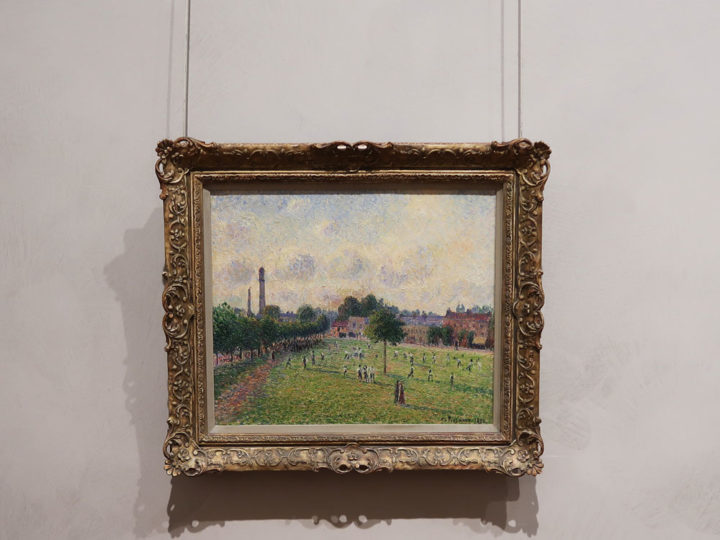
Kew Greens (1892)
Édouard Manet (1832-1883)
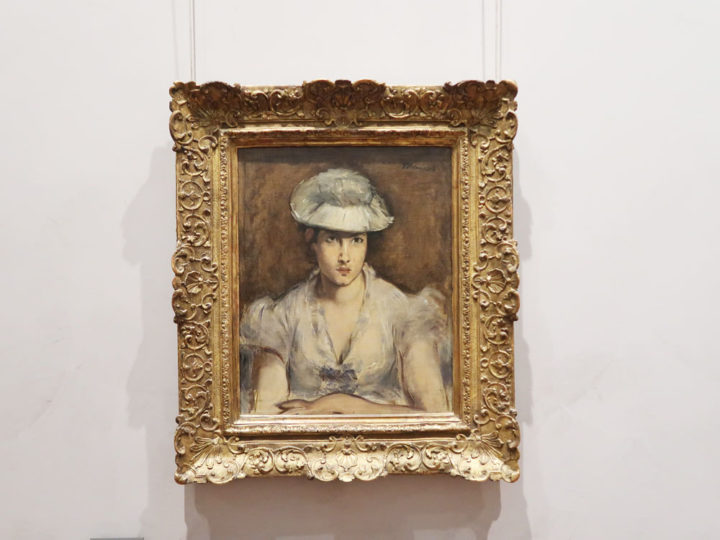
Marguerite Gauthier-Lathuille (1879)
Manet played a pivotal role in the transition from realism to impressionism.
Considered a pioneer of Impressionism.
This work is also known as ‘The White Girl’.
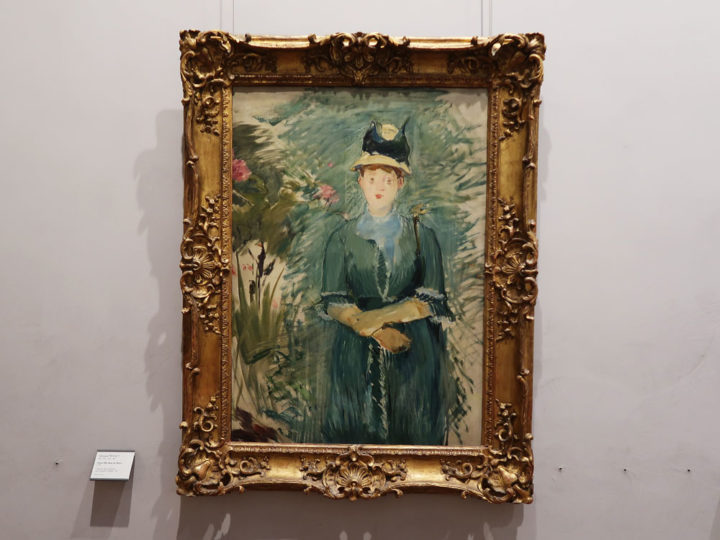
Jeune fille dans les fleurs (1879)
Edgar Degas (1834-1917)
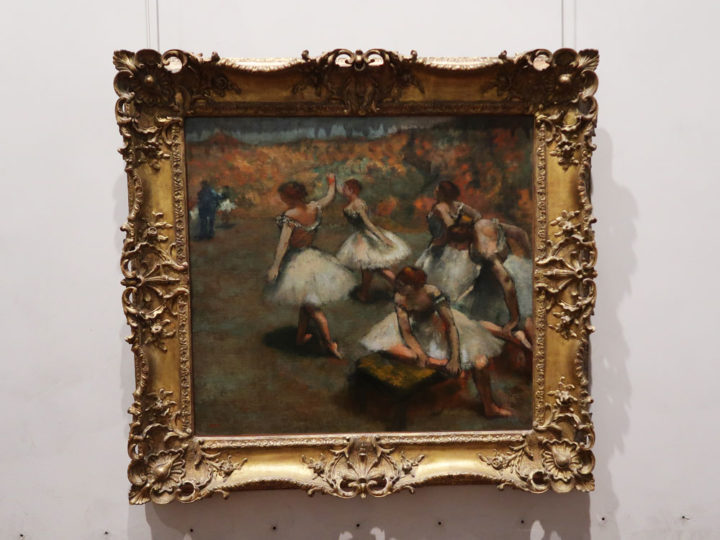
Danseuses sur la scène (1889)
Degas’s works often deal with ballet.
The scene is a romantic ballet landscape.
He is also a founding member of the Impressionists.
However, he did not wish to belong to the Impressionist group.
Henri Fantin-Latour (1836-1904)
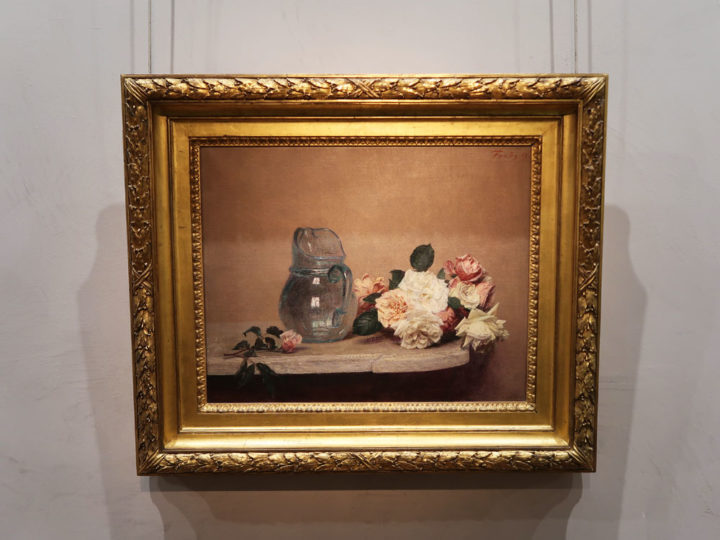
Les roses (1889)
French painter and lithographic printmaker.
He remains a very popular painter today.
Alfred Sisley (1839-1899)
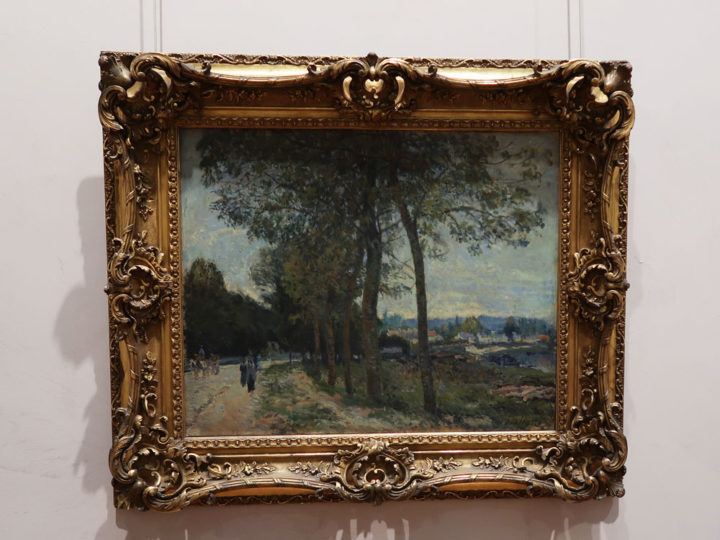
La seine à marly (1876)
A French-born Englishman, Sisley left some 900 works during his lifetime, most of which depict scenes from the Paris area.
He is a leading impressionist artist.
This work depicts the River Seine in Marly, a suburb of Paris.
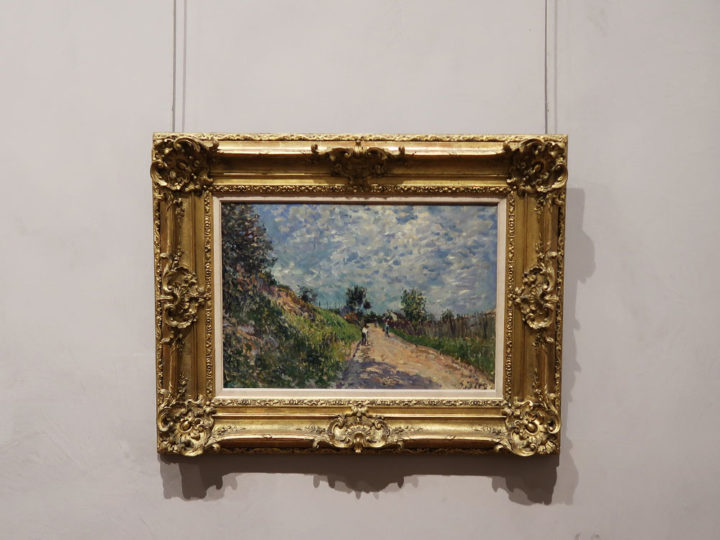
Chemin montant (1870)
Paul Cézanne (1839-1906)
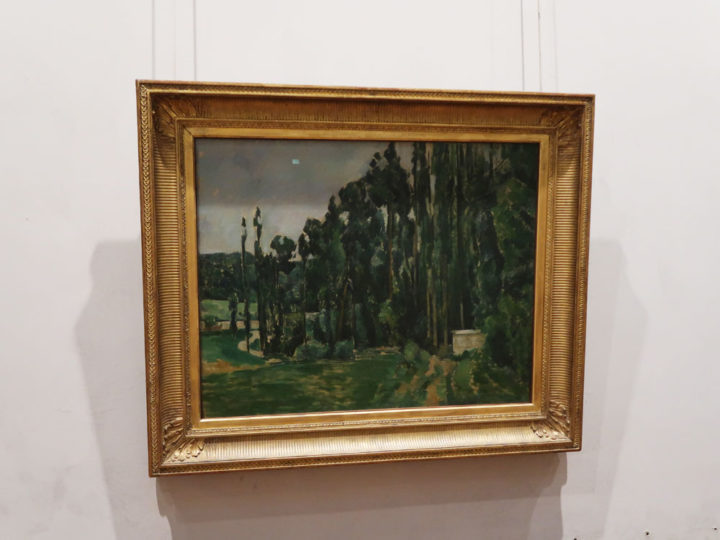
Les Peupliers (1879-80)
Together with Monet and others, he belonged to the Impressionist group, but from the 1880s onwards, he moved to Post-Impressionism.
He was one of the most influential painters in modern art.
The work depicts Château de Marcouville near Pontoise, France.
Claude Monet (1840-1926)
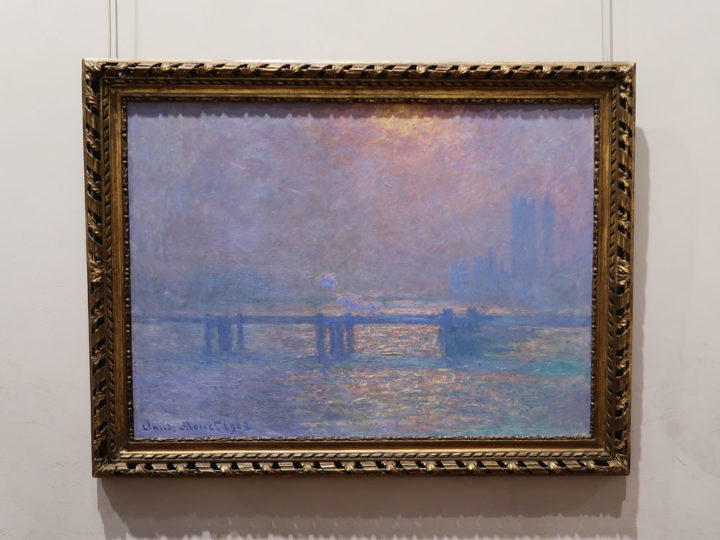
Charing Cross Bridge, la Tamise (1903)
This work depicts the Charing Cross Railway Bridge over the River Thames.
The Charing Cross Railway Bridge is depicted in a variety of patterns, as is Rouen Cathedral.
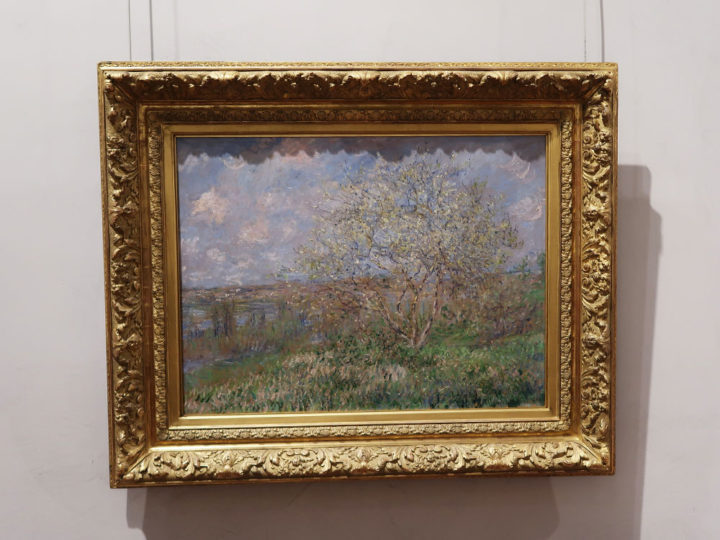
Le printemps (1882)
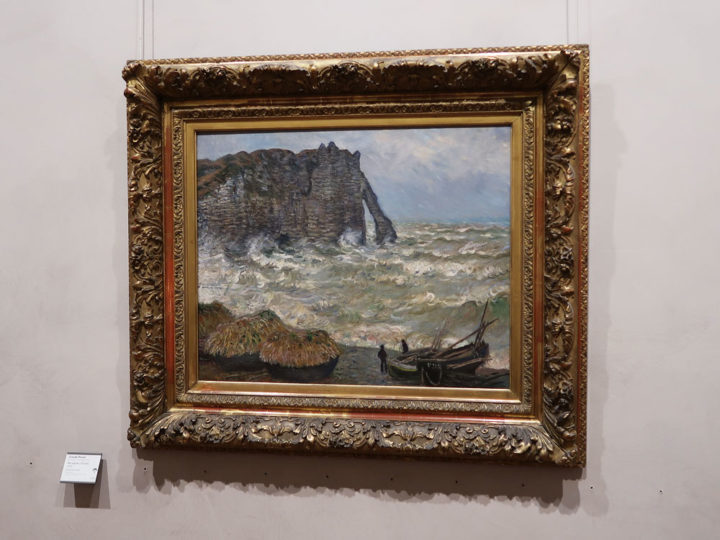
Mer agitée à Étretat (1883)
This is a view of the seafront captured from a hotel window.
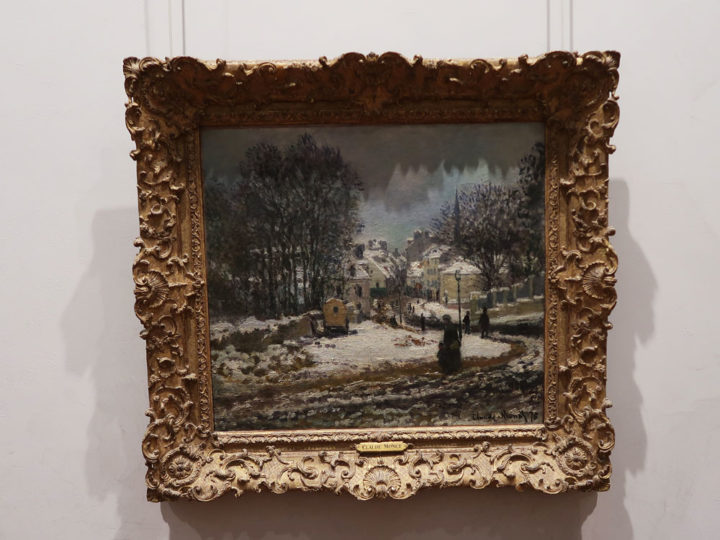
L’entrée de la Grande-Rue à Argenteuil, l’hiver (1875)
Pierre-Auguste Renoir (1841-1919)
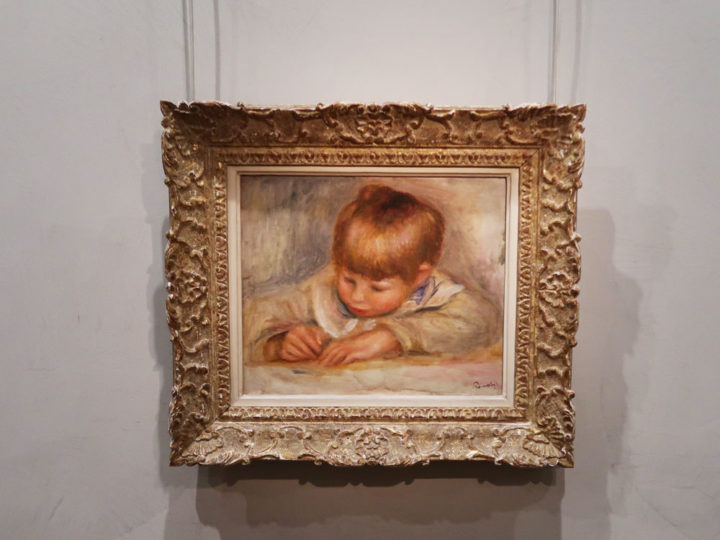
Coco écrivant
Renoir is a leading Impressionist.
It is estimated that he painted nearly 4,000 works during his lifetime.
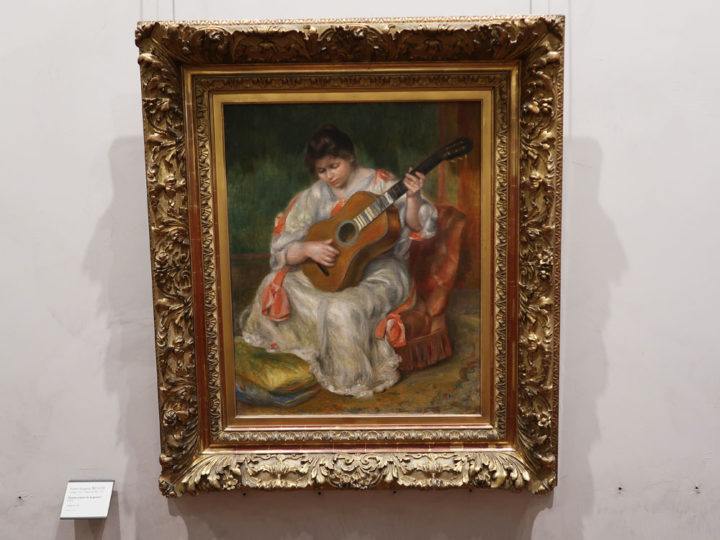
Femme jouant de la guitare (1897)
Women playing the guitar was a frequent theme covered.
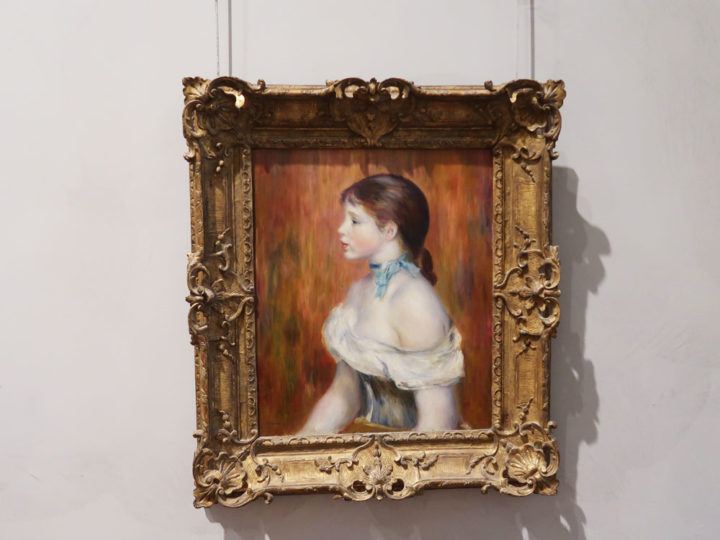
Jeune Fille au ruban bleu (1888)
Berthe Morisot (1841-1895)
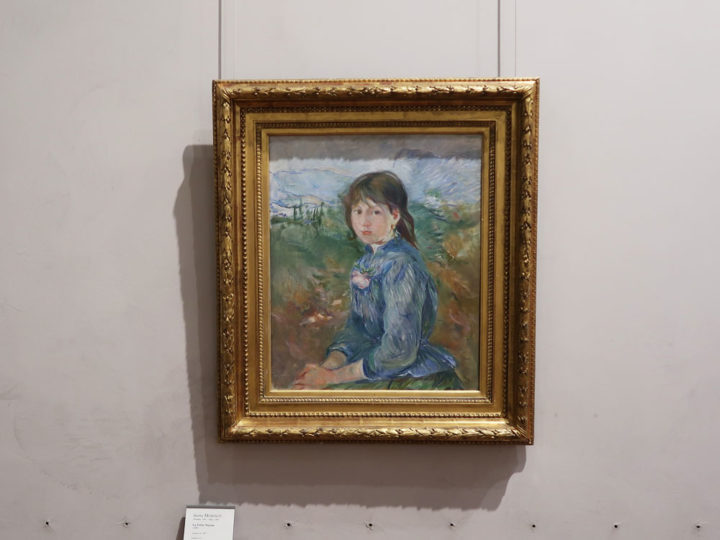
La Petite Niçoise (1889)
Morisot, an Impressionist painter and model for Manet.
Many of his works are on display at the Marmottan Monet Museum in Paris.
Albert Maignan (1845-1908)
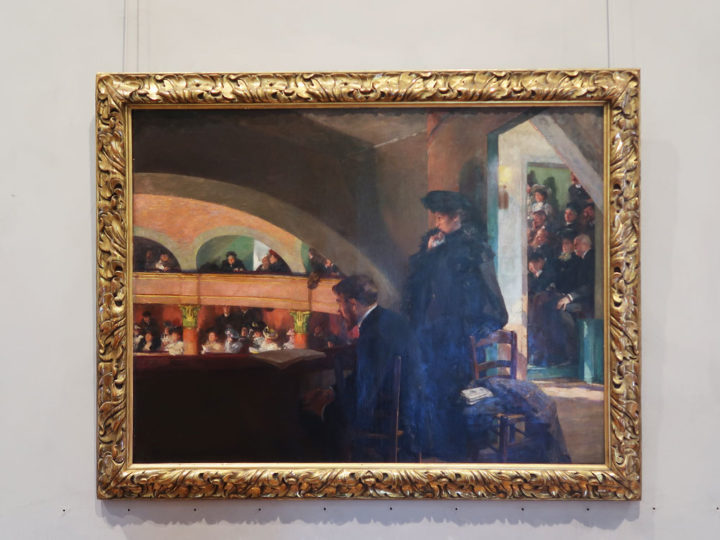
Adagio appassionato (1904)
Paul Gauguin (1848-1903)
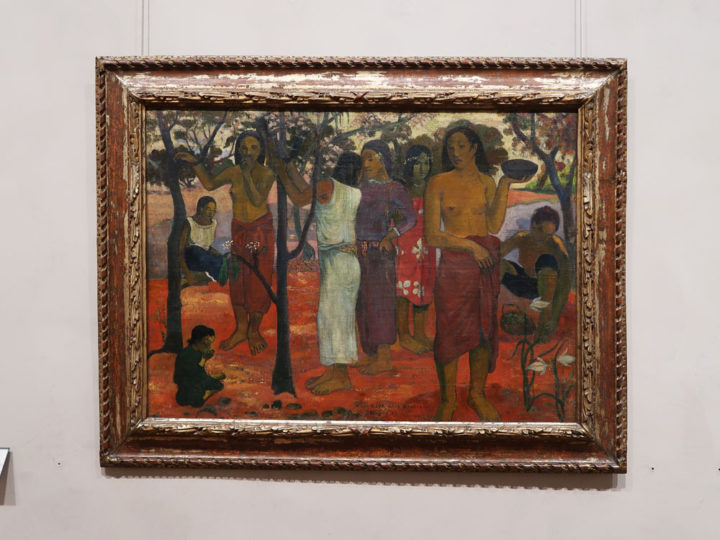
Nave Nave Mahana (1896)
Gauguin had a tumultuous life.
From stockbroker, to meeting Pissarro and becoming a painter, to living with Van Gogh and moving to Tahiti to live, just researching his life is enough to create an epic story.
His work is categorically post-impressionist.
This work was painted in Tahiti.
Jean Seignemartin (1848-1875)
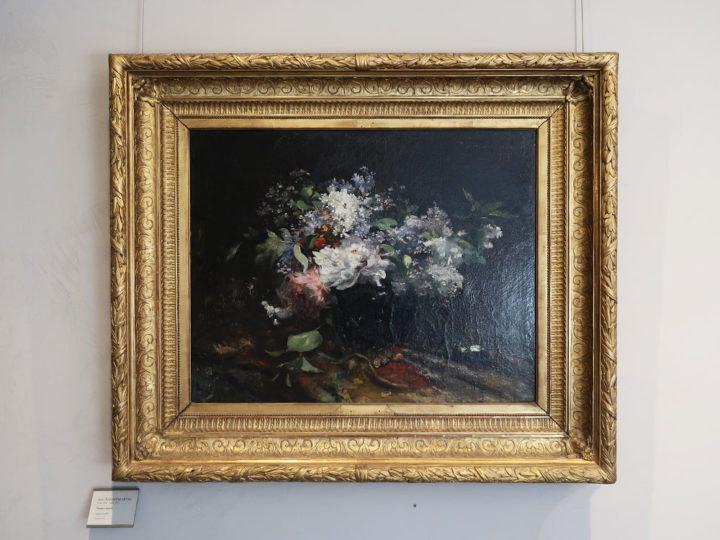
Nature Morte
Jean Seignemartin died at the young age of 27.
He is a leading Lyon painter.
Jean-François Raffaëlli (1850-1924)
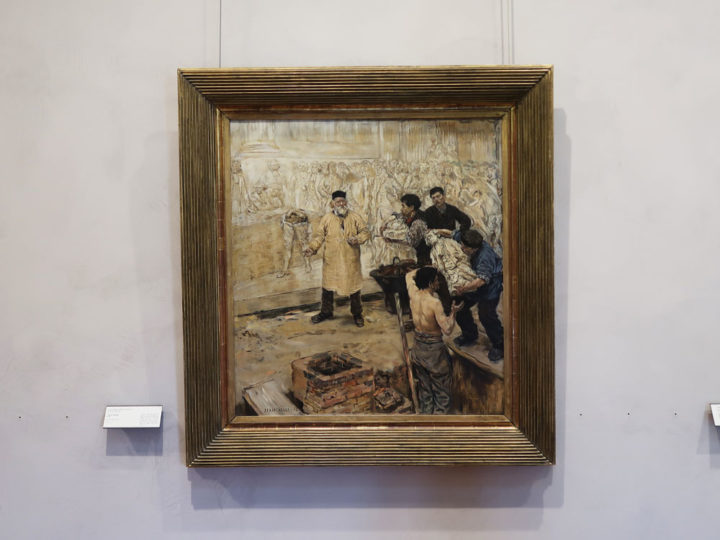
Chez le fondeur (1886)
Raffaelli was not only a painter, but also a printmaker, sculptor and even an actor.
Henri Jean Guillaume Martin (1860-1943)
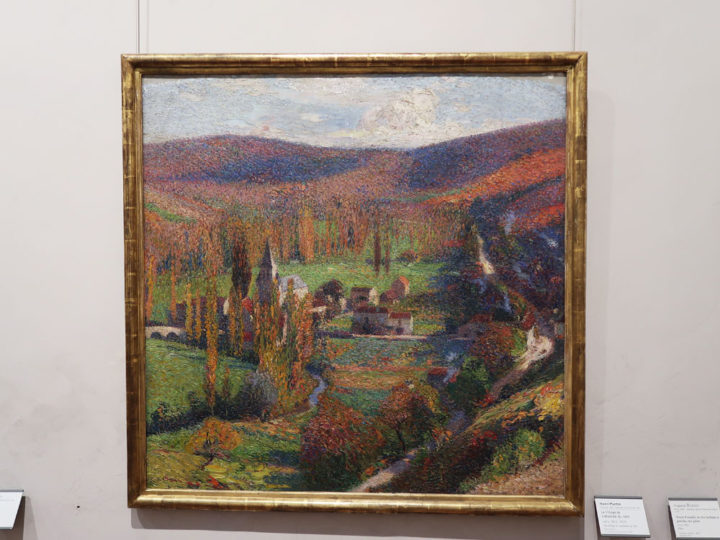
Labastide-du-Vert (1903-09)
He is a French post-impressionist painter.
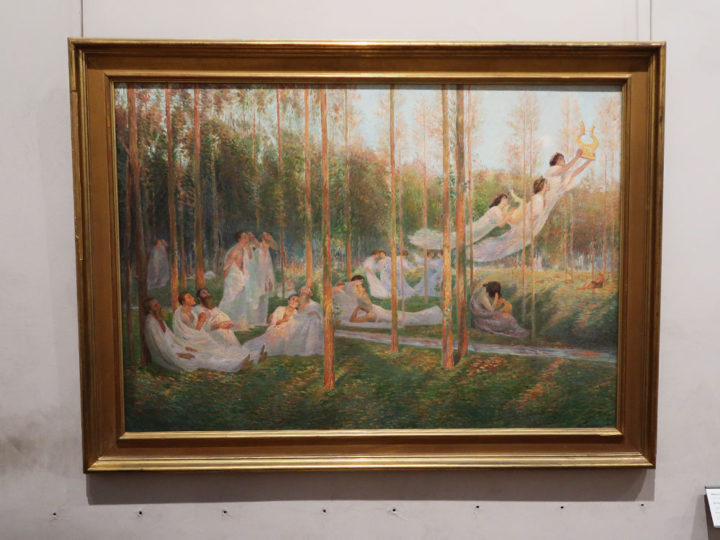
Sérénité (1899)
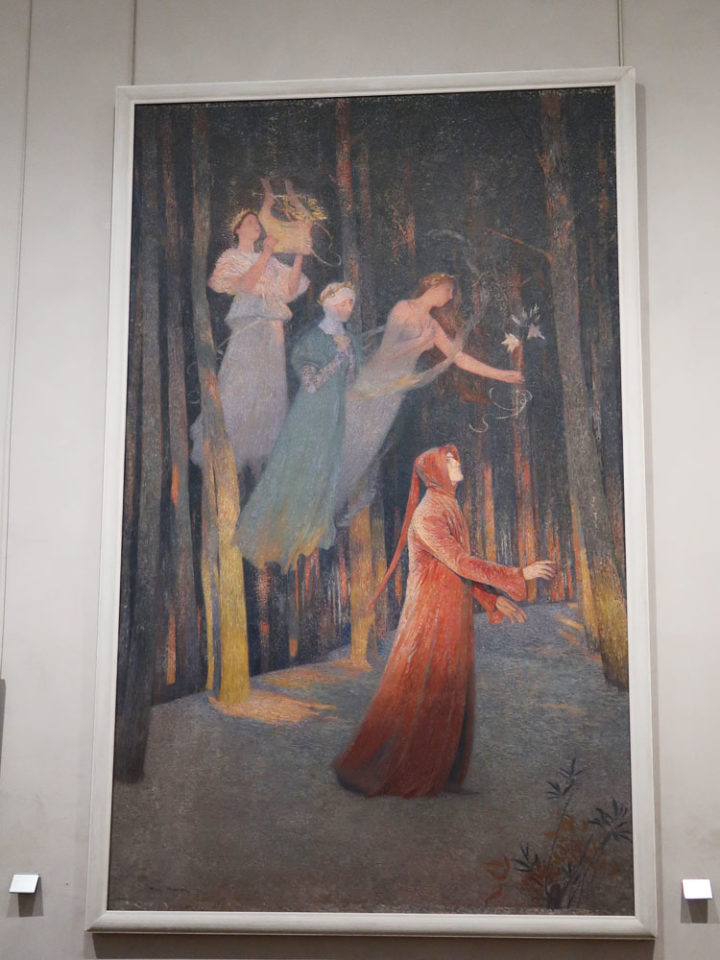
L’Inspiration (1895)
Summary
Even for someone like me who is not very familiar with art, there were many painters whose names I had at least heard of at one time or another.
The 18th and 19th centuries were also the most spectacular period of French art.
It is perhaps no exaggeration to say that this period is what makes France, and Paris in particular, so appealing.
Thank you again for reading to the end of this issue.
You can read more about the collections that we were unable to introduce in this article.

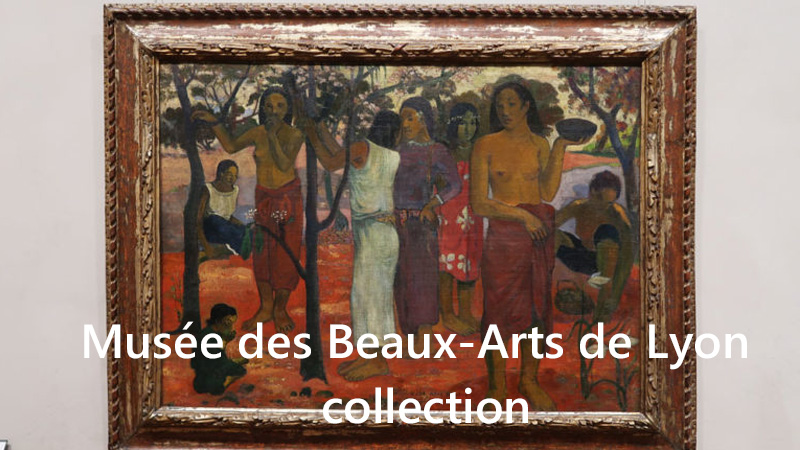
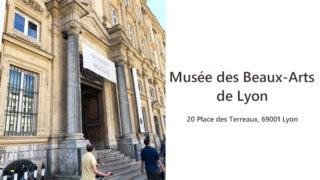
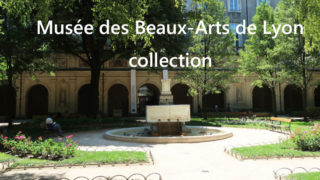
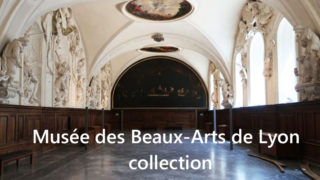


コメント